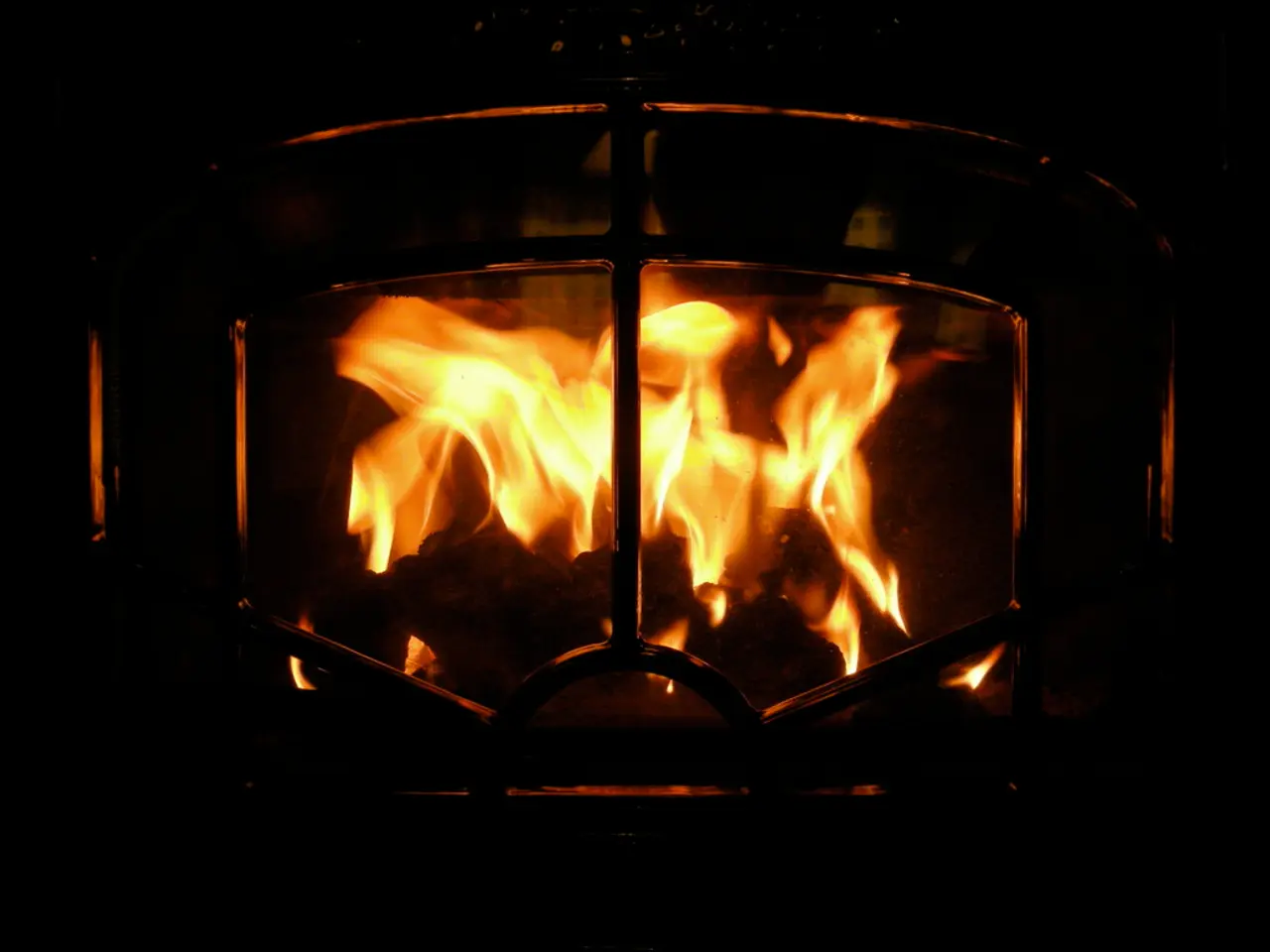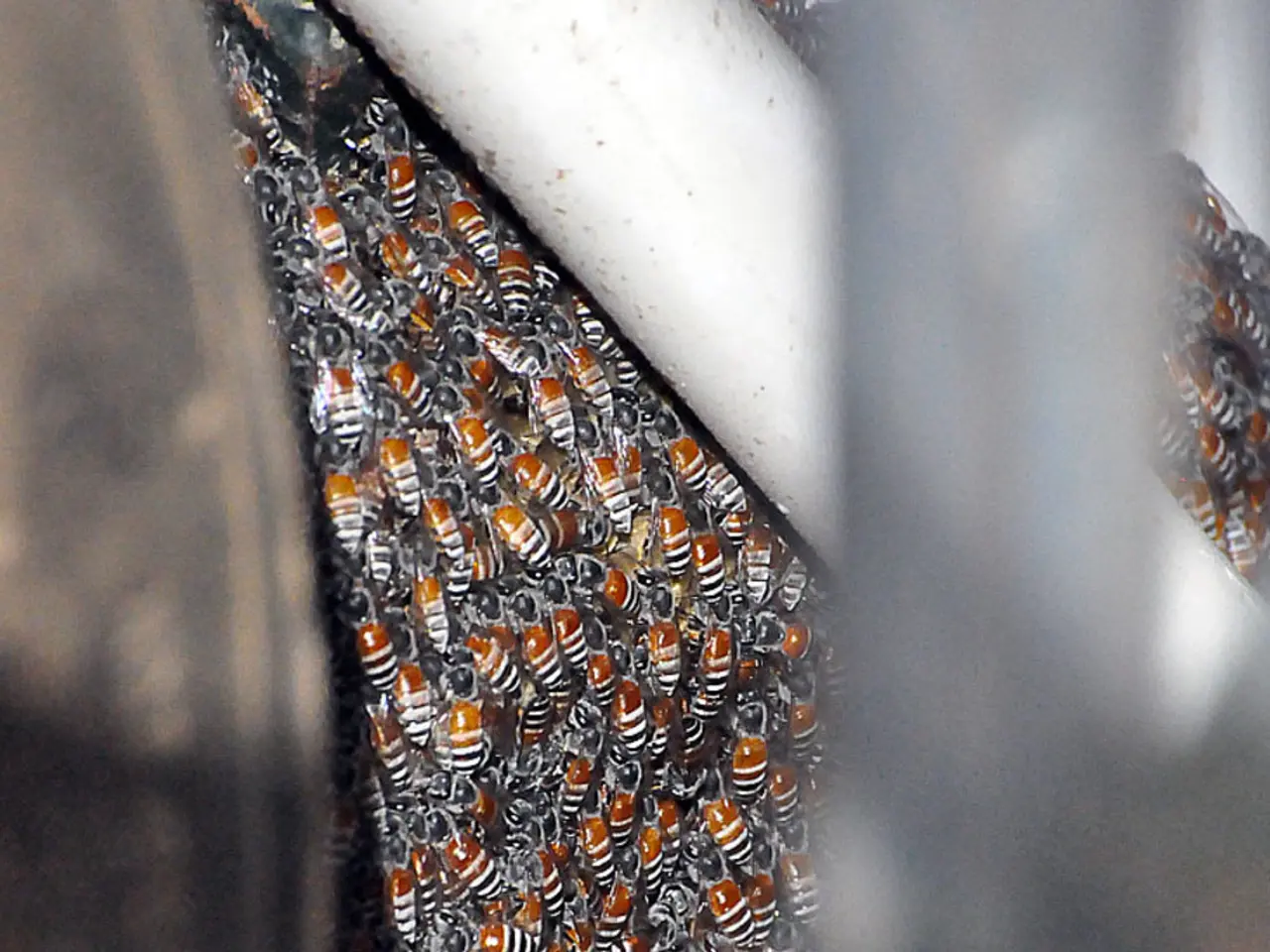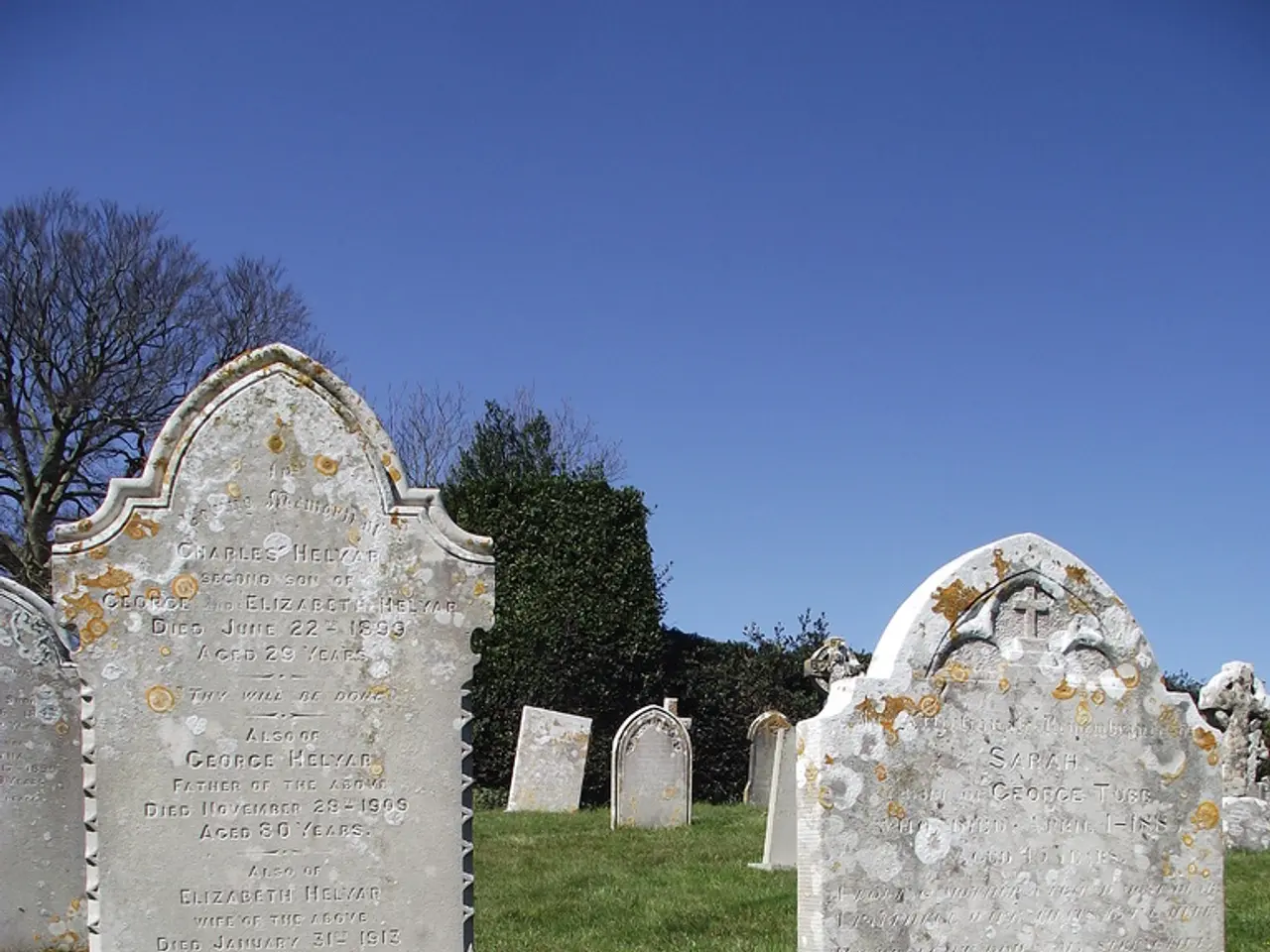Unusual Exploration into the Mysterious Phenomenon of Spontaneous Human Combustion (SHC)
In the realm of unexplained phenomena, Spontaneous Human Combustion (SHC) stands as one of the most intriguing and controversial topics. This alleged phenomenon involves a human body igniting and burning without an apparent external source of ignition.
Throughout history, reports of SHC date back hundreds of years, with one of the earliest recorded incidents occurring in Milan, Italy, in 1663. However, scientifically, SHC remains highly controversial, with no widely accepted explanation or confirmed mechanism.
Several theories have been proposed to explain SHC incidents. One of the most popular is the "Wick Effect" Theory, which suggests that a person's body fat acts like a candle's wax, feeding a slow-burning fire once ignited by an external heat source, such as a cigarette. The clothing acts as a wick, explaining localized burning with the body being consumed over hours without burning the surroundings significantly.
Another theory involves external ignition under unusual conditions. Many reported SHC cases may be explained by accidental ignition from cigarettes, heating devices, or other sources combined with factors like immobility, alcohol use, or poor health leading to prolonged exposure to flames.
Some theories speculate internal chemical reactions or unusual metabolism producing flammable gases or reactive compounds might cause ignition, but these lack direct evidence. Occasionally, static electricity or electrical discharges have been hypothesized, but there's little evidence to support the idea that these forces could ignite a human body spontaneously.
Despite numerous anecdotal and historical reports of SHC, there are no reliably documented and verified modern cases where ignition occurred without a discernible external cause or accelerant. Scientific investigations tend to find external sources or conventional explanations upon closer examination.
Recent summaries emphasize that no single scientific theory can fully explain the phenomenon, and it likely arises from rare but explainable fires involving a human body as fuel under special circumstances rather than true spontaneous ignition. The "wick effect" remains the most widely accepted scenario to account for many alleged SHC cases.
In many cases, victims are often elderly, sick, or immobile, and alone at the time of death. The victims are often found near an open fireplace, candle, or cigarette, though no evidence suggests these caused the fire. The torso and head are almost completely destroyed, while limbs, particularly feet or hands, are left intact or only partially burned. This pattern, along with the lack of signs of struggle, suggests the combustion occurred while the person was alive but unconscious or immobilized.
While SHC stories persist in popular culture, the scientific community views these as misinterpreted accidental burns rather than genuine spontaneous combustion with internal causes. No reliable reports conclusively prove SHC occurs without external ignition.
In the past, some paranormal theorists have suggested spiritual or psychic forces might be involved in SHC, but these theories lack empirical evidence and are not widely accepted within the scientific community.
In conclusion, despite the fascination and mystery surrounding Spontaneous Human Combustion, the scientific evidence supports that these incidents are more likely to be misinterpreted accidental burns rather than genuine spontaneous combustion with internal causes. Further research is needed to fully understand and debunk this intriguing phenomenon.
- While some historical reports suggest Spontaneous Human Combustion (SHC) as a genuine phenomenon, the scientific community generally views these incidents as misinterpreted accidental burns.
- In many SHC cases, the lack of external ignition sources and the pattern of burns on the victims' bodies don't support the idea of true spontaneous combustion, but rather point towards accidental fires under special circumstances.
- Scientific inquiry into SHC episodes usually uncover external sources or conventional explanations, casting doubt on theories of internal chemical reactions or static electricity causing spontaneous ignition.
- In the realm of health-and-wellness and fitness-and-exercise, Spontaneous Human Combustion holds little relevance, as the phenomenon remains an unexplained anomaly, with no direct links to medical-conditions or science, at least for now.




